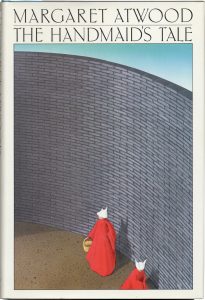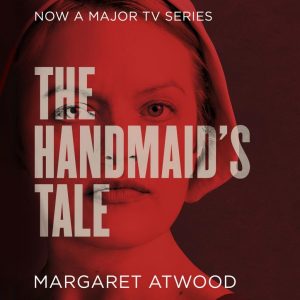By: Ahad Ghani, Peak Associate
 The Handmaid’s Tale by Margaret Atwood (1985)
The Handmaid’s Tale by Margaret Atwood (1985)
Atwood’s dystopian novel, The Handmaid’s Tale, is the story of a young “handmaid” in the Republic of Gilead, formerly known as the U.S., whose only job is to provide a wealthy household with an offspring.
Even though the novel tells a unique story, it is socially relevant today. While a lot has changed since its publication, it’s not hard to imagine a future similar to that of Gilead where men use women as vessels to carry out their “duties” and fulfill their “biological destiny.”
The novel explores themes such as patriarchy, love, and femininity. It is a thought-provoking and disturbing story that serves as a cautionary tale to all.
 The Handmaid’s Tale (2017)
The Handmaid’s Tale (2017)
The TV show remains faithful to Atwood’s novel to quite an extent, whilst updating itself with more diverse characters, as well as modern-day technology. It’s suspenseful, and it’ll get you hooked from the first episode. The cast are the highlight of the show, especially the actors portraying Aunt Lydia and Serena Joy. Occasionally, the show deviates from its titular character Offred and follows other characters, a positive change from the novel.
The haunting imagery compels one to draw parallels between the show and modern-day American society. Dealing with issues such as sexism and sexual assault, it’s not always easy to watch, but the end result is worth enduring some of its brutality.
Verdict
It is rare that an adaptation is as good, if not better, than its novel. The Handmaid’s Tale (2017) achieves just that. In fact, season 2 of the show, which goes completely off-book, is even stronger than season 1. I highly recommend checking both the novel and the TV show out.





